Three common fertilization methods for growing flowers
Fertilization is absolutely necessary for flower cultivation, and the most common fertilization method that many people come into contact with is to add fertilizer to the soil of the growing potted plants. In fact, fertilization is not limited to this kind of topdressing. Fertilization has existed since before there were flowers. There are three main common fertilization methods for flower cultivation.
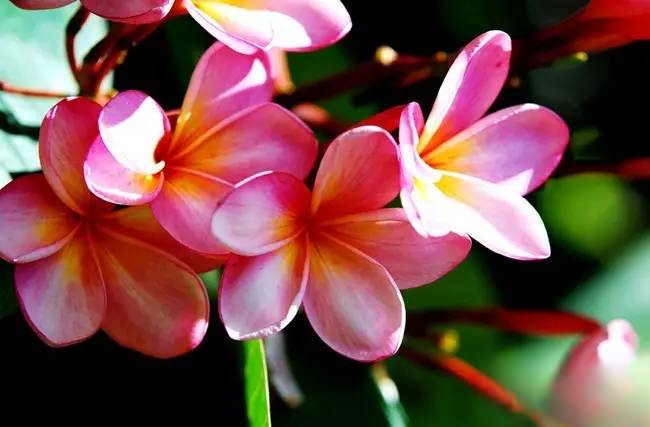
The first type: base fertilizer
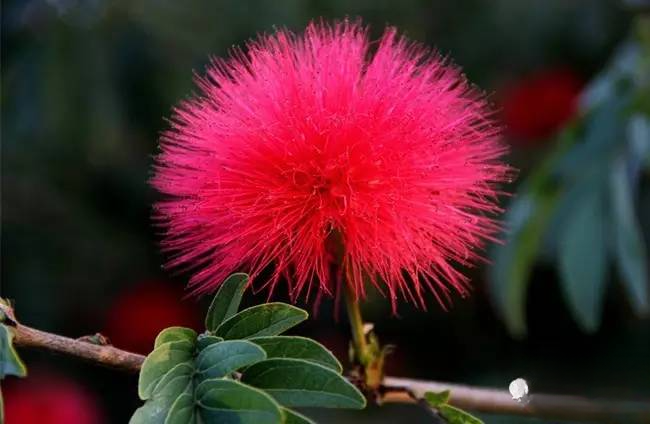
During the seedling raising and potting process, the pre-decomposed fertilizer is mixed into the soil in a certain proportion to provide a method for long-term growth. The fertilizer is generally made by yourself, such as decomposed cake fertilizer, bone meal, fried melon seeds, etc., which are very effective. It should be noted that the roots of flowers should not be directly exposed to the fertilizer, otherwise it is easy to burn the plants due to hypertrophy.
The second method: topdressing
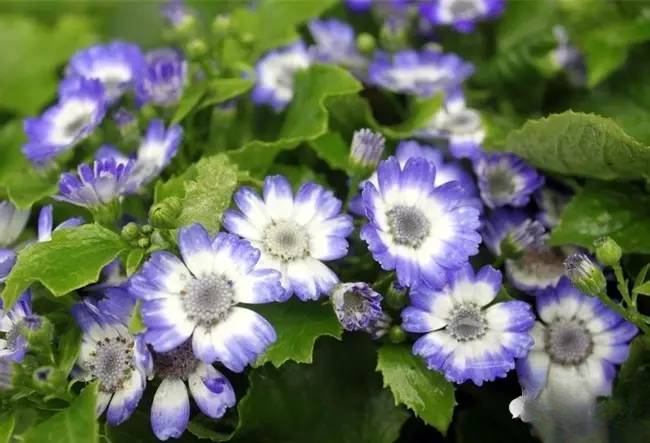
During the growth period of flowers, due to the limited potting soil, the base fertilizer loses its strength after a long time and can no longer provide sufficient nutrition for the plants. At this time, it is necessary to selectively supplement various fertilizers according to the needs of flowers in different growth periods. You can use chemical fertilizers or organic fertilizers. When using chemical fertilizers, avoid the branches and stems of the plants and sprinkle them into the potting soil; or dilute the fertilizer and water it. Chemical fertilizers are easy to use and effective, but long-term use will cause the potting soil to become compacted and the soil permeability to become poor. Homemade organic fertilizers have more complete nutrients, longer fertilizer effects, and can improve the soil. Here we recommend that you use more organic fertilizers and use as little chemical fertilizers as possible. When using homemade organic fertilizers, you can dilute them with water and water them, or you can bury them shallowly around the plants, also avoiding the rhizomes.
The third method: foliar fertilization
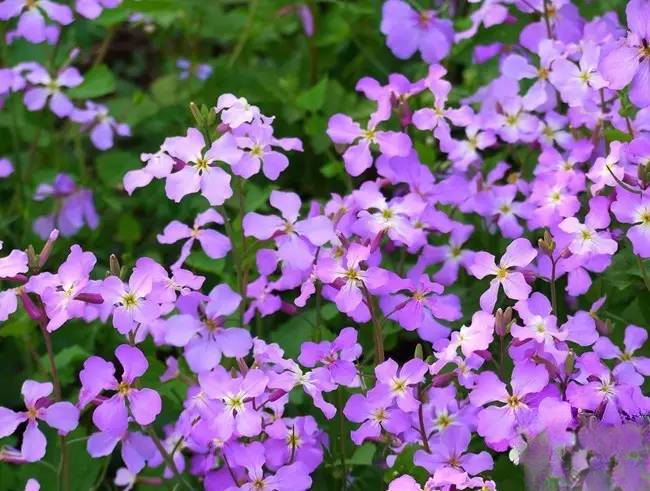
This method can timely save plants that are malnourished due to neglected management. It is convenient, fast, economical and effective. The method is to dilute the fertilizer to a certain proportion, spray it directly on the leaves of the plant with a sprayer, and let the leaves absorb it.
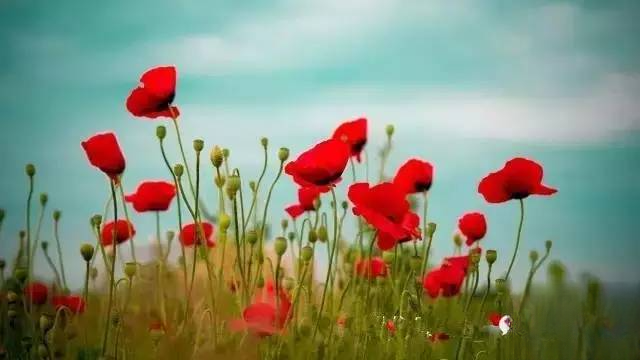
In addition, the timing of fertilization should be taken into consideration: topdressing and foliar fertilization should be done when the soil in the pot is dry, as the plant absorption effect is best at this time. The soil should also be loosened before fertilization to facilitate rapid infiltration of fertilizer and water and reduce fertilizer loss.